The results of the 2018 U.S. midterm elections have failed to match the geopolitical aims of the communist Chinese regime, which deployed its overseas propaganda arm to sway voters in key regions across America.
Beijing may find itself compelled to make concessions when Chinese leader Xi Jinping meets U.S. President Donald Trump at a summit scheduled for later this month, due to pressure mounting as a result of internal economic pressure and the Sino–U.S. trade war.
As of Nov. 8, the Republicans controlled 51 seats in the Senate versus the Democrat’s 44, while the Democrats wrested a majority in the House of Representatives, with 225 seats to the Republican’s 197.
In the early morning of Nov. 7, the second day following the election, Trump wrote in a tweet: “Received so many Congratulations from so many on our Big Victory last night, including from foreign nations (friends) that were waiting me out, and hoping, on Trade Deals. Now we can all get back to work and get things done!”
Many Republicans who held or gained their positions are backers of Trump’s toughening China policies. The Trump administration’s aim to secure Chinese concessions on trade relations is slowly gaining bipartisan support from a number of Democrat leaders who are coming out in favor of Washington’s increased tariffs on Chinese steel and aluminum, despite their opposition to the president on other issues.
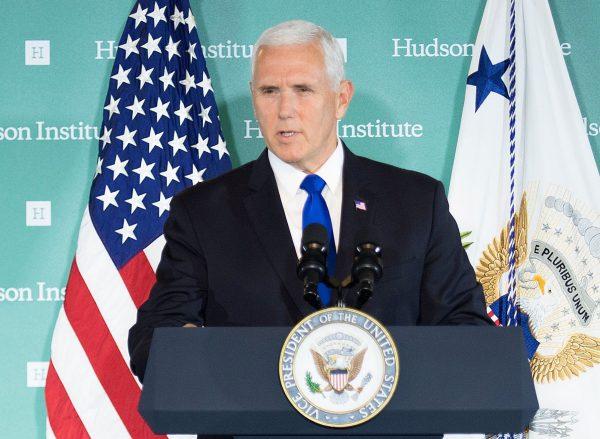
Sherrod Brown, incumbent Democrat senator from Ohio who won over Republican challenger Jim Renacci, said he has “supported steel tariffs from the beginning, because China’s cheating has cost too many Ohio steelworkers their jobs.”
Ohio is an industrial state, and manufacturing contributes to a significant portion of the local economy.
In Iowa, where the Chinese Communist Party-controlled China Daily ran an insert in the Des Moines Register that slammed Trump’s trade policies as detrimental for the region’s farmers, Republican governor Kim Reynolds prevailed against Democrat challenger Fred Hubbell. Republicans held onto their majorities in both the state House and Senate.
Democrat Abby Finkenauer, who defeated Republican Rod Blum for a House seat, said during the campaign that her sister and brother-in-law were corn and soybean farmers. According to her, they were impacted by the U.S.-China trade war after China imposed 25 percent tariffs on U.S. agricultural products.
Finkenauer spoke out against Trump’s trade policy, saying that “tariffs should be fair.”
In July, the Chinese regime-run CGTN published an English-language animation, “Monologue of a Soybean,” claiming that Trump had been responsible for causing China to shift its soybean procurements to Brazil and Argentina. The animation encouraged American viewers to choose “the right person” in the midterms. The animation also urged American voters to choose the right person in the midterm elections.
U.S. vice president Mike Pence, citing intelligence officials, said in an October speech that “China is targeting U.S. state and local governments and officials to exploit any divisions between federal and local levels on policy. It’s using wedge issues, like trade tariffs, to advance Beijing’s political influence.”
But the overall results of the midterms do not suggest the CCP has been successful.
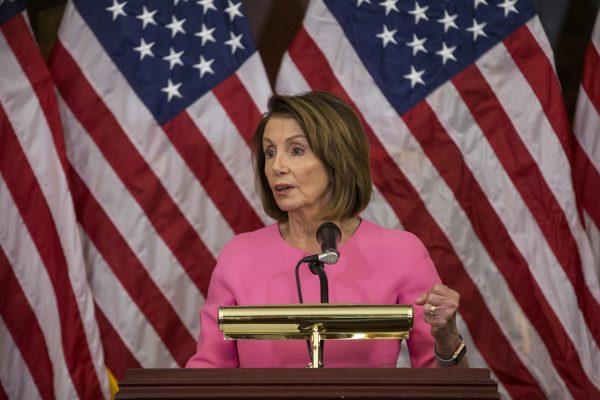
In the article, Rapoza said that both Republicans and Democrats support fair tariffs on Chinese goods.
“The report of the USTR (United States Trade Representative) investigation on China’s intellectual property theft is a good first step, but far more is need [sic] to confront the full range of China’s bad behavior. Beijing’s regulatory barriers, localization requirements, labor abuses, anticompetitive ‘Made in China 2025’ policy and many other unfair trade practices require a full and comprehensive response. The tariffs announced today should be used as a leverage point to negotiate more fair and open trade for U.S. products in China.”
With Republicans and prominent Democrats roughly aligned on China policy, Trump is looking to go into his G20 summit with Xi with bipartisan confidence.
Allan von Mehren, a Danske Bank chief analyst and China economist, said that he believes there is a 60 percent chance to see a positive Trump–Xi meeting in which the two leaders would reach “a clear framework for negotiation with a list of demands and a plan to go work on them one by one.”
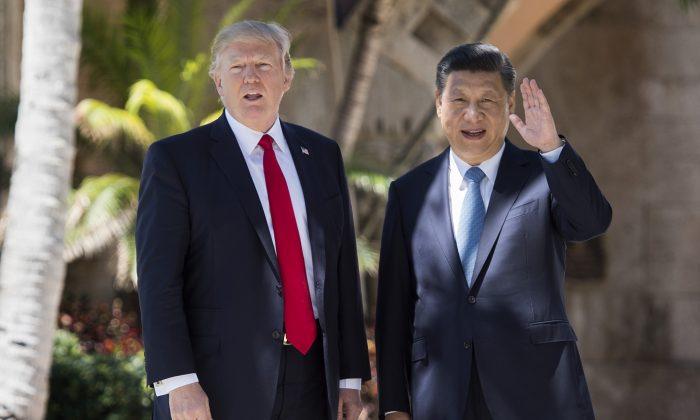

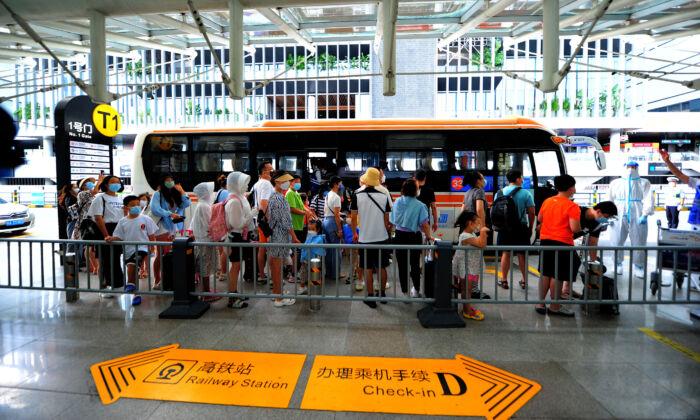
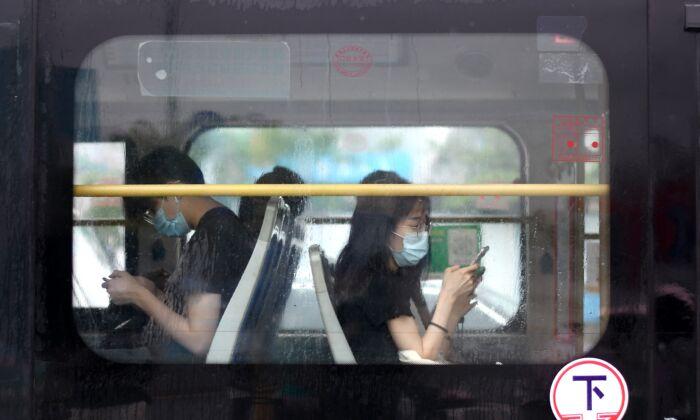
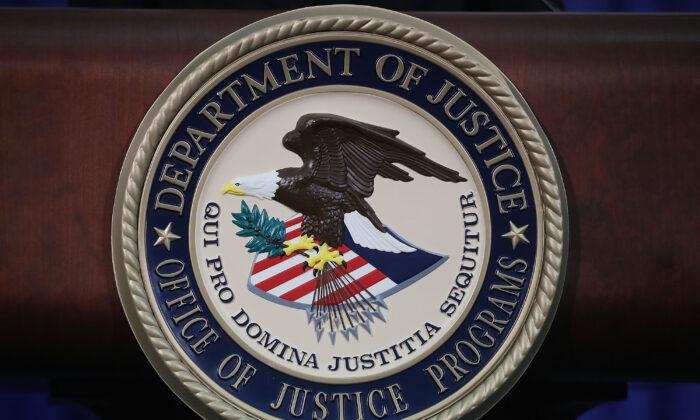

Friends Read Free